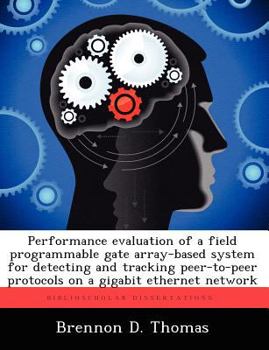Performance Evaluation of a Field Programmable Gate Array-Based System for Detecting and Tracking Peer-To-Peer Protocols on a Gigabit Ethernet Network
Select Format
Select Condition 
Book Overview
No Synopsis Available.
Format:Paperback
Language:English
ISBN:1249584051
ISBN13:9781249584056
Release Date:October 2012
Publisher:Biblioscholar
Length:152 Pages
Weight:0.63 lbs.
Dimensions:0.3" x 7.4" x 9.7"
Customer Reviews
8 customer ratings | 5 reviews
There are currently no reviews. Be the first to review this work.





















